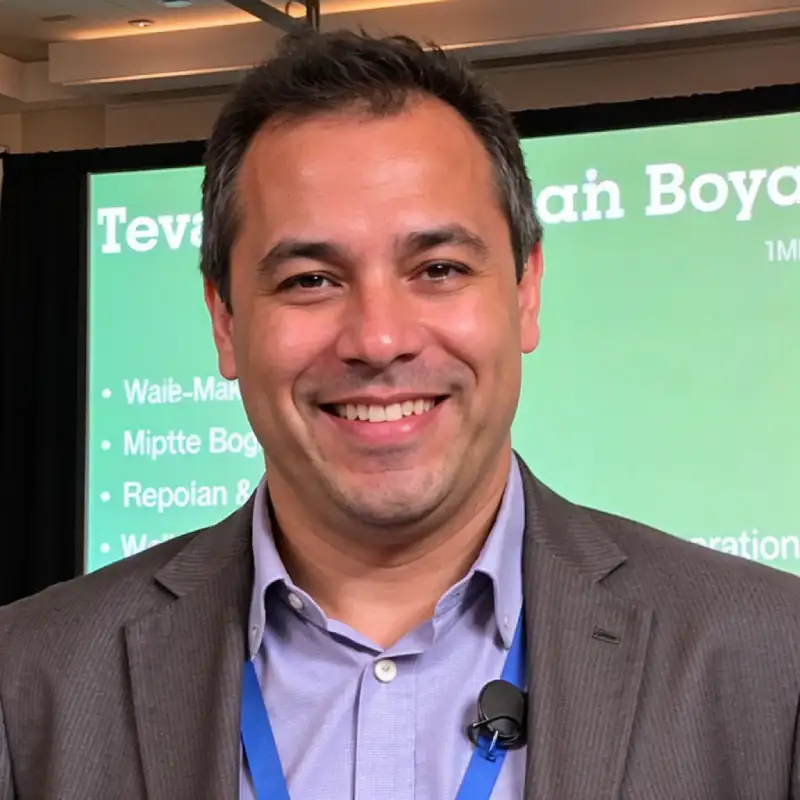Introduction
Welcome back to our series, Mastering ESG, where we break down complex Environmental, Social, and Governance (ESG) strategies into actionable steps. Today, we’re diving into California’s Cap-and-Trade Program, a cornerstone initiative addressing greenhouse gas emissions. Understanding this program is critical for businesses looking to comply with state regulations while showcasing their commitment to sustainability. In this blog, you’ll discover the significance of participating in cap-and-trade, how to enroll and trade allowances effectively, and actionable tips to maximize the program’s benefits for your organization.
Why This Matters
Participating in California’s Cap-and-Trade Program can have a profound impact on both environmental and financial outcomes for your business. The program sets a statewide limit on greenhouse gas emissions, providing economic incentives for companies to reduce their carbon footprint. As of 2022, the program covered roughly 80% of the state’s emissions, involving key industries such as energy, transportation, and manufacturing. Beyond compliance, engaging in cap-and-trade demonstrates your organization’s leadership in sustainability—a critical factor in ESG performance rankings and investor relations. For example, companies that actively trade surplus allowances have generated millions in additional revenue while reducing their impact on global warming.
Step-by-Step Instructions
Step 1: Assess Your Applicability
The first step is to determine whether your organization is subject to California’s Cap-and-Trade Program. The program applies to businesses emitting 25,000 metric tons or more of greenhouse gases annually. Review your emissions data and consult the California Air Resources Board (CARB) guidelines to confirm your status.
Pro Tip: Use CARB’s emissions calculator or a commercial end to end ESG management software like Lythouse for a streamlined way to estimate your organization’s compliance obligations.
Step 2: Register with CARB
Once you’ve determined eligibility, you’ll need to register with CARB through their Compliance Instrument Tracking System Service (CITSS). This platform handles the tracking of allowances and offsets. Registration requires essential business information, proof of compliance, and contact details of responsible personnel.
Pro Tip: Appoint a dedicated compliance officer to ensure smooth communication with CARB and to oversee reporting requirements.
Step 3: Procure Allowances
After registration, you’ll begin acquiring allowances either through quarterly state-run auctions or the secondary market. Each allowance permits the holder to emit one metric ton of greenhouse gases. Strategically acquire allowances to balance your emissions while monitoring current market prices.
Pro Tip: Participate in CARB auctions early to secure allowances at competitive rates, as prices often increase over time.
Step 4: Explore Offsets
If your organization cannot meet its emission reduction goals solely through allowances, consider purchasing offsets. These are CARB-approved projects that reduce emissions elsewhere, such as reforestation or methane capture, allowing you to compensate for excess emissions cost-effectively.
Pro Tip: Research offset project certifications carefully to ensure they meet the stringent standards set by CARB.
Step 5: Monitor and Report
Staying compliant requires ongoing monitoring and annual reporting. Utilize emissions tracking software to keep accurate records, and submit annual compliance reports to CARB by the established deadlines.
Pro Tip: Automate data collection wherever possible to minimize errors and ensure full compliance.
Case Study
Consider the example of a prominent California-based utility company. Faced with exceeding its emissions cap, the company embraced an integrated approach by investing in allowances through state auctions and purchasing verified offsets from forestry projects. Not only did this strategy save the company over $1 million in offset purchases compared to acquiring additional allowances, but it also bolstered its ESG goals by funding tangible environmental projects. As a result, the company improved its reputation among sustainability-focused investors and fostered goodwill with the community.
Mistakes to Avoid
- Ignoring Deadlines: Failing to meet CARB’s registration, reporting, or compliance deadlines can result in steep penalties. Set calendar reminders and delegate tasks to avoid last-minute issues.
- Overlooking Offset Verification: Purchasing offsets that do not meet CARB’s standards can jeopardize compliance and credibility. Always verify offset projects before investing.
- Misjudging Allowance Needs: Underestimating emissions and purchasing too few allowances can lead to costly emergency purchases at inflated prices. Conduct a thorough emissions forecast annually to avoid errors.
Next Steps
By now, you’ve learned how to assess your organization’s applicability, register with CARB, procure allowances and offsets, and manage reporting requirements effectively. Participating in California’s Cap-and-Trade Program not only ensures compliance but also reinforces your organization’s environmental stewardship. The next step is to continually evaluate your emissions reduction strategies and explore new innovations to further align with ESG goals. Stay tuned as we continue to unravel actionable insights in Mastering ESG—your roadmap to a sustainable and impactful future.

David Hernandez has spent years researching environmental sustainability and enjoys sharing his knowledge. He has spent over 15 years working with major firms, integrating ESG factors into portfolio analysis and decision-making. He is a frequent speaker at conferences and workshops, educating investors on the benefits of ESG investing.







